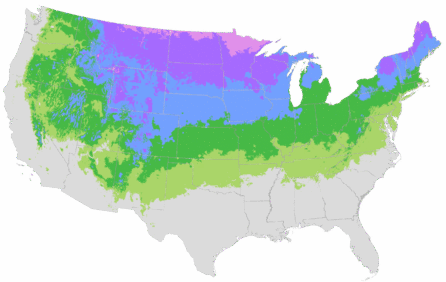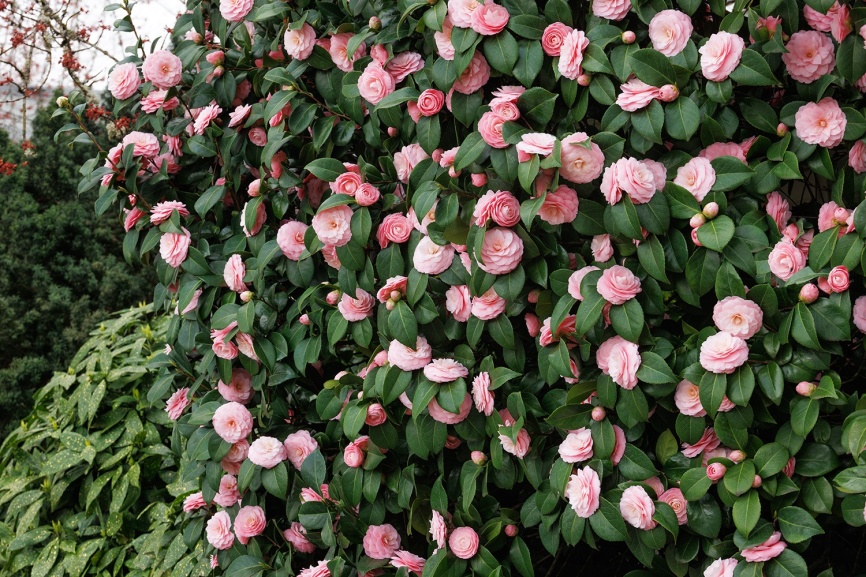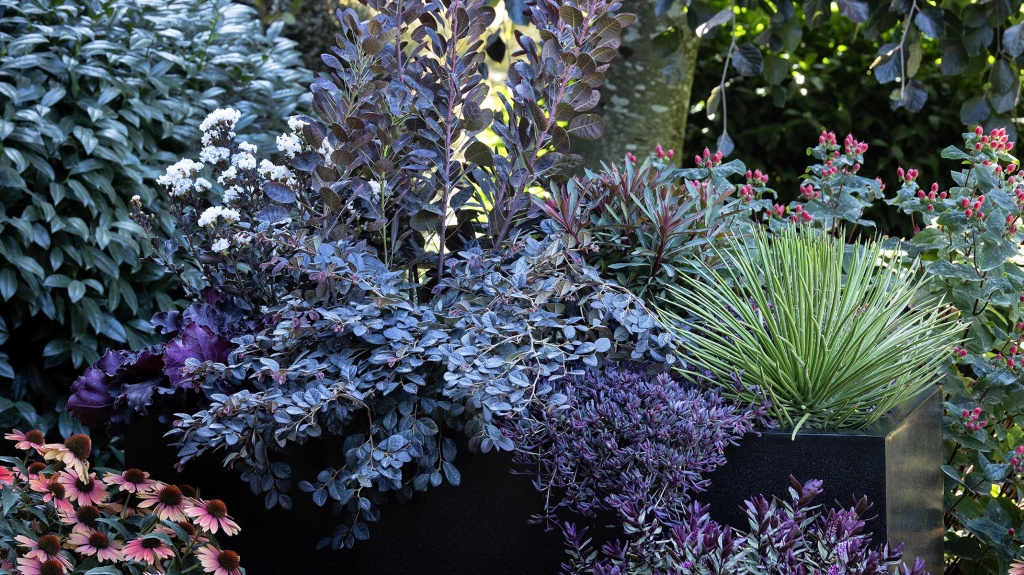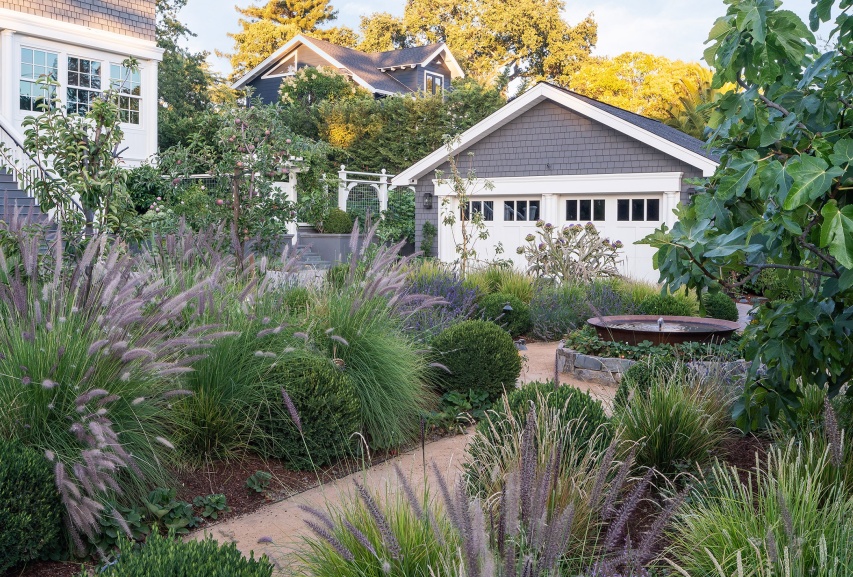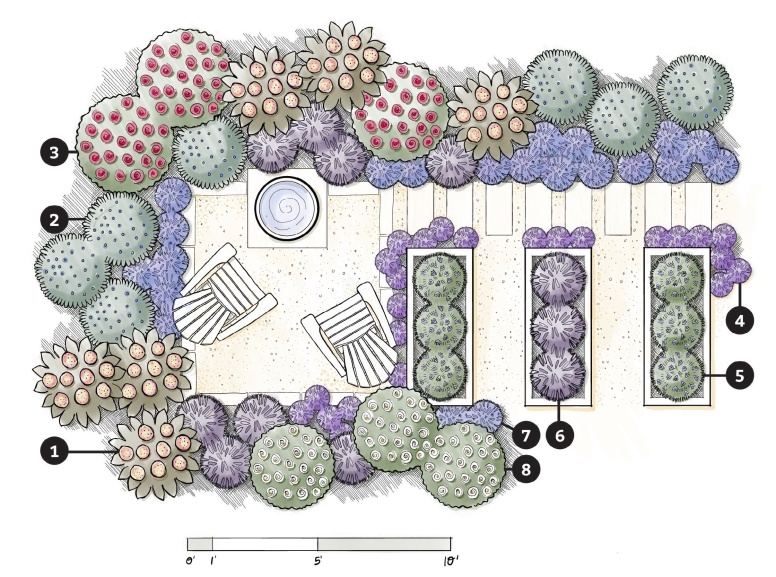You're growing in this Zip Code:
Change LocationDiscover Plants for Your Area
Dart's Gold Ninebark
Physocarpus opulifolius 'Dart's Gold'
Retailers Near You
| Description | Striking foliage color on a compact, mounded shrub. Large maple-like leaves emerge bright golden yellow in spring, age to lime green, then take on a golden hue with a bronze tint in fall. Small white flowers bloom in dense clusters, followed by small red fruit. Exfoliating bark on mature branches provides intriguing winter interest. Deciduous. |
|---|---|
| Bloom Time | Summer |
| Deciduous/Evergreen | Deciduous |
| Special Features | Attractive Bark, Dramatic Foliage Color, Showy Fruit, Waterwise, Compact Form, Benefits Birds |
| Growth Rate | Moderate |
| Flower Attributes | Showy Flowers |
| Landscape Use | Border, Hedge, Poolside |
| Design Ideas | Exceptional chartreuse foliage, great fall color and unique winter bark display makes it a good background plant for beds and borders. A natural as a single specimen for sunny spots of woodland or wild gardens. Excellent choice for all native and wildlife gardens where seasonal changes and habitat are crucial. A highly colorful and versatile addition to larger landscapes. |
| Flower Color | White |
| Foliage Color | Chartreuse |
| Companion Plants | Cypress (Chamaecyparis); Carolina Allspice (Calycanthus); Flowering Currant (Ribes sanguineum); Clematis (Clematis); Spruce (Picea) |
| Care Instructions | Tolerates most soil types. Best color in full sun. Avoid extreme heat and humidity. Water regularly during first growing season to establish deep, extensive root system. Requires less water when established. Prune by one third in late winter. Fertilize in spring. Clip spent flowers after bloom. |
| History | Native to North America, Dart's Gold Ninebark is the pollen parent of Physocarpus opulifolius 'Center Glow'. |
| Lore | The Latin name Physocarpus comes from the Greek words physo (bladder) and karpon (fruit) in reference to the red bladder-shaped fruits that appear after flowering. The common name of Ninebark comes from the appearance of the bark which is peels away in layers. The inner bark was brewed into a pain reliever and remedy for many other maladies by Native American tribes within this plant's range. Roots were sometimes steam cooked and eaten and plants were used as charms to cause bad luck. |
| Description | Striking foliage color on a compact, mounded shrub. Large maple-like leaves emerge bright golden yellow in spring, age to lime green, then take on a golden hue with a bronze tint in fall. Small white flowers bloom in dense clusters, followed by small red fruit. Exfoliating bark on mature branches provides intriguing winter interest. Deciduous. |
|---|---|
| Bloom Time | Summer |
| Deciduous/Evergreen | Deciduous |
| Special Features | Attractive Bark, Dramatic Foliage Color, Showy Fruit, Waterwise, Compact Form, Benefits Birds |
| Growth Rate | Moderate |
| Flower Attributes | Showy Flowers |
| Landscape Use | Border, Hedge, Poolside |
|---|---|
| Design Ideas | Exceptional chartreuse foliage, great fall color and unique winter bark display makes it a good background plant for beds and borders. A natural as a single specimen for sunny spots of woodland or wild gardens. Excellent choice for all native and wildlife gardens where seasonal changes and habitat are crucial. A highly colorful and versatile addition to larger landscapes. |
| Flower Color | White |
| Foliage Color | Chartreuse |
| Companion Plants | Cypress (Chamaecyparis); Carolina Allspice (Calycanthus); Flowering Currant (Ribes sanguineum); Clematis (Clematis); Spruce (Picea) |
| Care Instructions | Tolerates most soil types. Best color in full sun. Avoid extreme heat and humidity. Water regularly during first growing season to establish deep, extensive root system. Requires less water when established. Prune by one third in late winter. Fertilize in spring. Clip spent flowers after bloom. |
|---|
| History | Native to North America, Dart's Gold Ninebark is the pollen parent of Physocarpus opulifolius 'Center Glow'. |
|---|---|
| Lore | The Latin name Physocarpus comes from the Greek words physo (bladder) and karpon (fruit) in reference to the red bladder-shaped fruits that appear after flowering. The common name of Ninebark comes from the appearance of the bark which is peels away in layers. The inner bark was brewed into a pain reliever and remedy for many other maladies by Native American tribes within this plant's range. Roots were sometimes steam cooked and eaten and plants were used as charms to cause bad luck. |
Retailers Near You
About Us
We have been pioneers and craftsmen in the art of growing plants for nearly
100 years. Since our founding in Southern California by Harry E. Rosedale, Sr.
in 1926, we have been absolutely dedicated and obsessed with quality.
We have been pioneers and craftsmen in the art of growing plants for nearly 100 years. Since our founding in Southern California by Harry E. Rosedale, Sr. in 1926, we have been absolutely dedicated and obsessed with quality.




